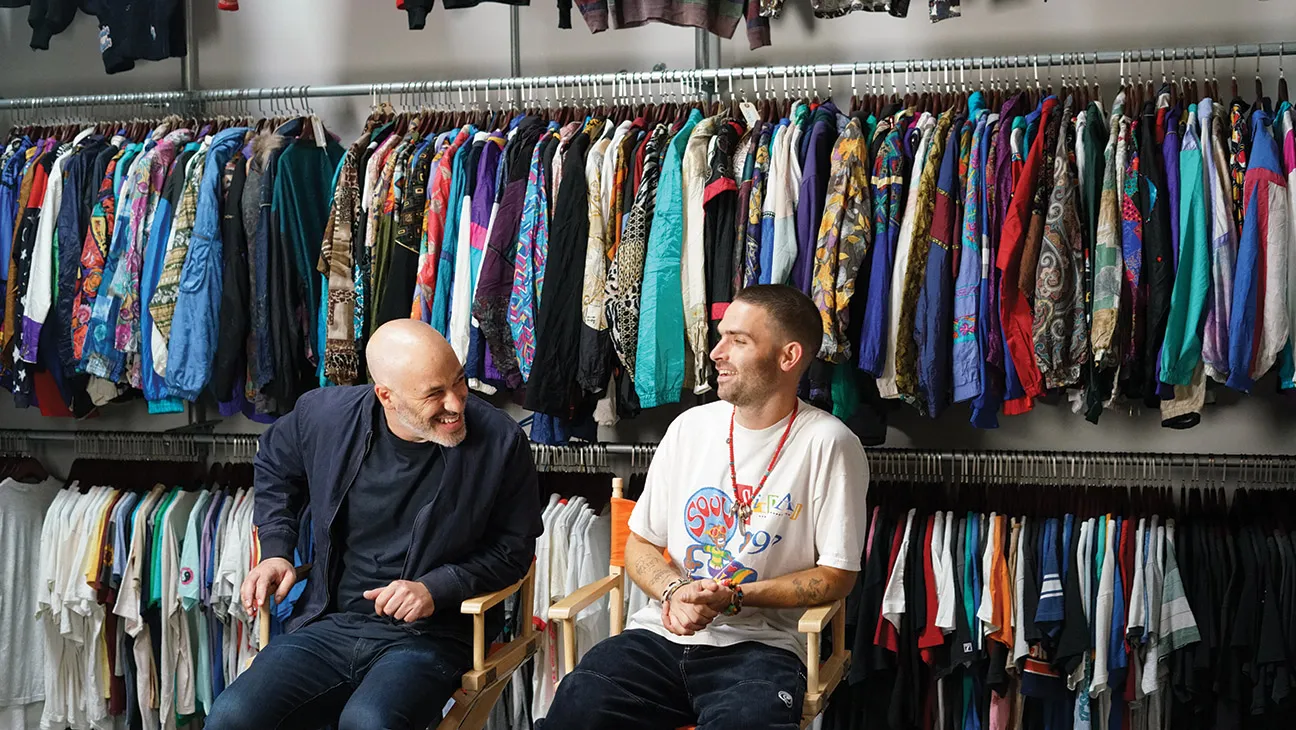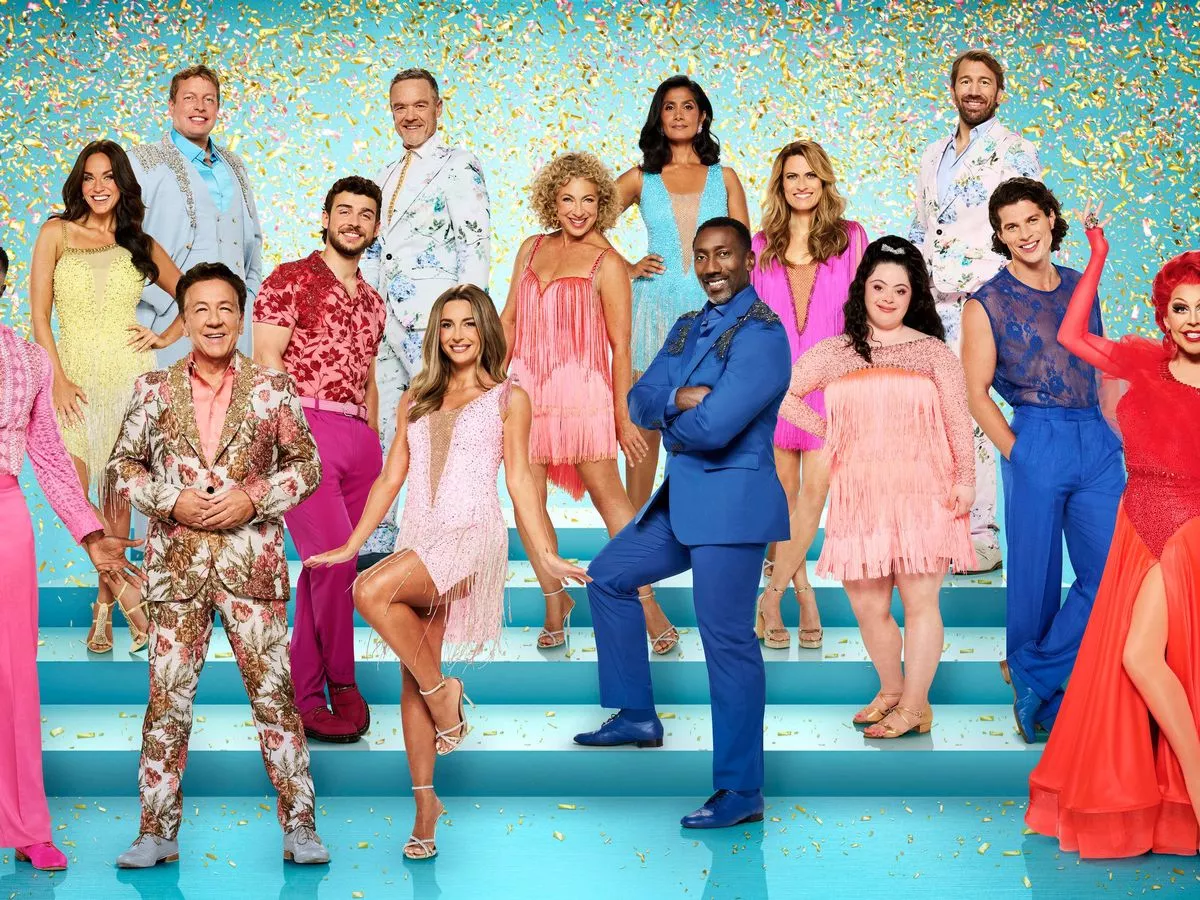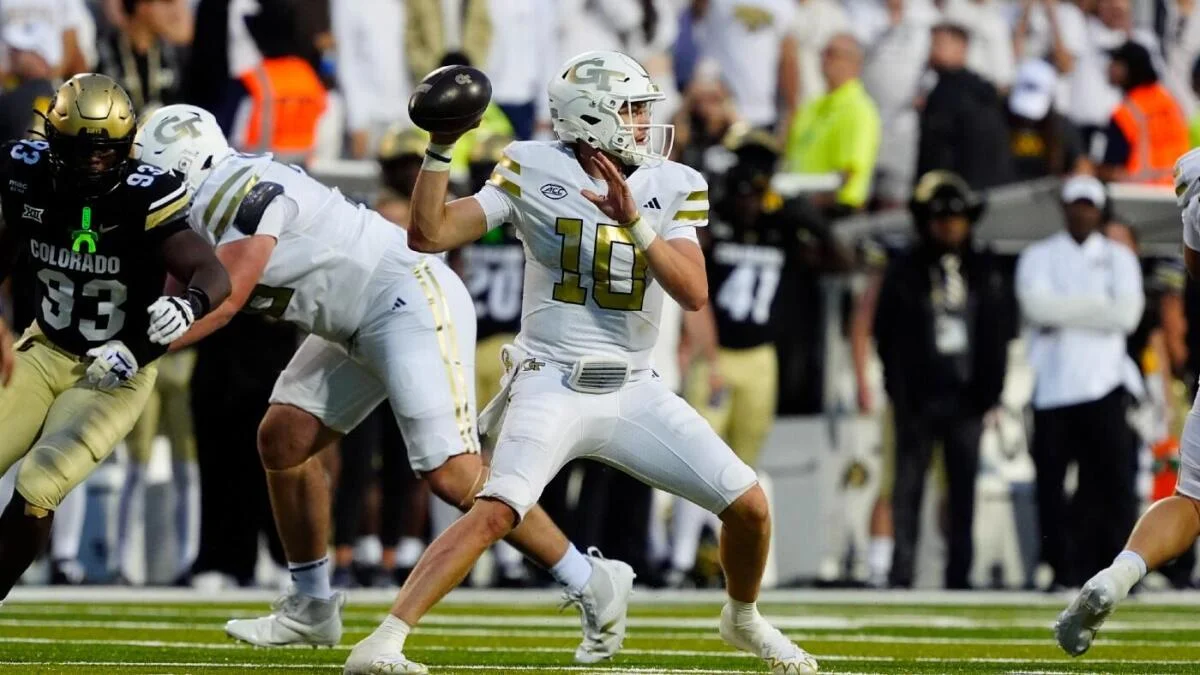
When Sotheby’s rolled out a selection of Grateful Dead memorabilia in October 2021, a mango yellow T-shirt made in 1967 and featuring the band’s logo was expected to rake in a respectable $6,000 to $8,000. But after all bids had been collected, the simple cotton tee fetched a whopping $17,640 ($19,300 with fees), setting a new record for the most expensive vintage T-shirt ever sold at auction.
That was four years ago. The cost of literally everything has gone up since then (thanks, inflation), so it shouldn’t be shocking to see how high price tags for vintage music tees have risen. But still. In July, Thunderstruck, a vintage shop based in Bangkok, posted a clip on Instagram featuring a buyer who they claim paid $27,000 for a faded black shirt featuring rapper Nas and lyrics from his 1996 hit “If I Ruled the World (Imagine That)” — basically confirming that when it comes to old-school fashion, music shirts are ruling the vintage world right about now.
Few appreciate the trend better than Nick Adler. The veteran music insider, who worked closely with Snoop Dogg for 17 years as a manager and brand adviser, teamed with high-profile sneaker designer, collector, store owner and creator Sean Wotherspoon to launch MNTGE in 2022. Originally envisioned as a digital marketplace to catch the blockchain wave, MNTGE has evolved to become more of a traditional vintage marketplace that specializes in clothing like shirts, outerwear, bottoms, sneakers and accessories. The company operates an online shop and an exclusive private showroom in Los Angeles while also expanding their presence with the occasional pop-up or gallery takeover.
“It’s bigger than ever,” Adler tells THR of the vintage music tee sales, which tend to fluctuate by genre and band depending on the moment. “Some seasons, you might have rap tees as the highly sought-after collectible based on what the kids are wearing. Right now, we’re noticing that new metal is really popular, or even retro bands. You have to follow the climate to see what’s emerging.”
Adler explains that the vintage market usually starts to peak at around the 20-year mark from a band’s initial popularity, or close to it. He’s recently seen a surge in interest for bands like Korn, Limp Bizkit and Blink-182 and other high-profile acts of the ’90s. Other factors also play a role, like the recent death of metal legend Ozzy Osbourne or the long-anticipated reunion of Oasis — “Oasis merch is going crazy right now,” Adler says — which in turn creates a surge for specific artists.
“The funny thing about vintage is that we try to be very researched about it and pull numbers and do our best to get scientific,” he adds, “but the reality is, you have to just constantly be looking around to follow the trends that emerge naturally.” Part of that awareness sometimes comes down to simple things like release dates. For example, “We know there’s a Bruce Springsteen movie coming out that’s getting some acclaim at festivals, and our team is keeping eyes out for Springsteen product. It’s like the stock market.”
Oasis shirts, for example, are particularly hot because of their pared-down look and because of their scarcity; since the now reunited band was inactive for so many years, there’s a limited supply. “It’s harder to get, so there’s a premium for it,” Adler notes. One of MNTGE’s highest-priced items at the moment is a black and red Nirvana T-shirt promoting the grunge band’s 1993 single “Heart-Shaped Box.” While not quite Grateful Dead numbers, the shirt is listed for $3,999 online.
Asked to pinpoint why vintage music tees continue to draw such hype, Adler boils it down to two factors: the shopping experience and the aesthetic. The thrill of the hunt at curated vintage shops or L.A. mecca the Rose Bowl Flea Market offer “a really fun way to spend a weekend.” And unlike, say, collectible bottles of wine that are too valuable to drink, these tees are very much meant to be worn. “It’s nostalgia, it’s wildly stylish, it’s rock ‘n’ roll and super cool,” Adler says. “Every little rip, tear and fade tells a story, and those things enhance the value. Modern companies can try to replicate that, but they can’t design something that has been enhanced over 20, 30, 40, 50 years of wear. Also, vintage can be a luxury. It’s like wearing a nice Rolex but more rock ‘n’ roll.”
***
Read more from THR’s Music Issue



